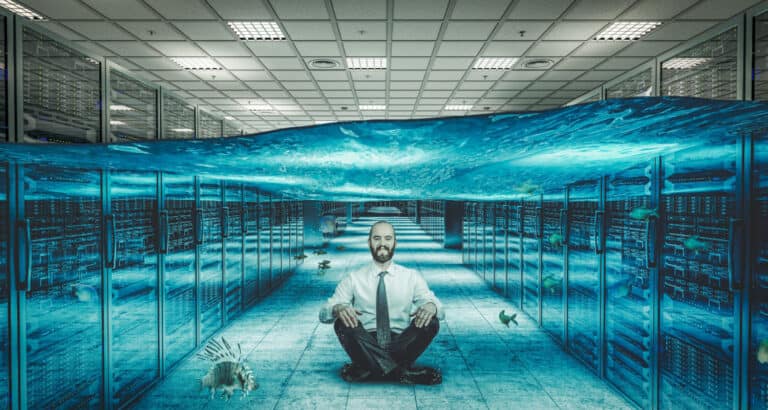Subsea Cloud is constructing an underwater datacenter near the coast of Washington. Seawater naturally cools servers and reduces water and chemical consumption. Subsea Cloud’s first commercial underwater datacenter is expected to open up shop before the end of the year.
The seafloor is enormous. Seawater provides natural cooling and coastal locations offer relatively cheap access to energy. Microsoft built an underwater datacenter near the Scottish coast in 2018. Two years later, the tech giant concluded that underwater datacenters are “reliable, practical and sustainable”.
Microsoft isn’t the only player in the market. By its own admission, Subsea Cloud can manufacture and deploy underwater datacenters within twelve weeks. The first project was successfully completed for a government customer. Subsea Cloud plans to deliver the technology to businesses before the end of the year. The first commercial location is an underwater datacenter near the Washington coast.
Subsea Cloud dubbed the project ‘Jules Verne’. The upcoming datacenter features a single pod of roughly 33 cubic meters. The pod provides a watertight space for sixteen datacenter racks holding 800 servers. Subsea Cloud will place the pod in shallow water, visible from the harbor. Submarine cables connect the pod to data and energy.
Underwater datacenter benefits
According to Subsea Cloud, underwater datacenters are the future. Land is increasingly scarce while the seabed is readily available. Traditional datacenters are built in sparsely populated areas out of necessity, with higher energy prices than urban coastal areas. The natural cooling of seawater reduces usage of freshwater and chemicals.
In addition, Subsea Cloud claims that underwater datacenter construction is cheaper. “The savings are the result of a smaller bill of materials, and less complexities in terms of deployment and maintenance”, Subsea Cloud founder Maxie Reynolds told The Register. “It’s complex and costly to put in the infrastructure in metropolitan areas, and in rural areas too: there are land rights and permits to consider and labor is slower and can be more expensive.”
Subsea Cloud in the North Sea
In addition to the project in Washington, Subsea Cloud is working on datacenters in the Gulf of Mexico (Njord01) and North Sea (Manannan). The seabed at both locations is more than 180 meters deep. Once the datacenters are operational, interested parties can stop by for a visit. Reynolds emphasizes that Subsea Cloud is a commercial service provider. Companies can lease existing datacenter capacity or commission the construction of a new, underwater site.
Tip: Google’s new subsea cable between the US and Europe is now live
